New Trek Checkpoint SLR moves IsoSpeed to the top tube, but forgoes front suspension
Trek has relaunched the Checkpoint gravel bike for 2022 with a three model line up
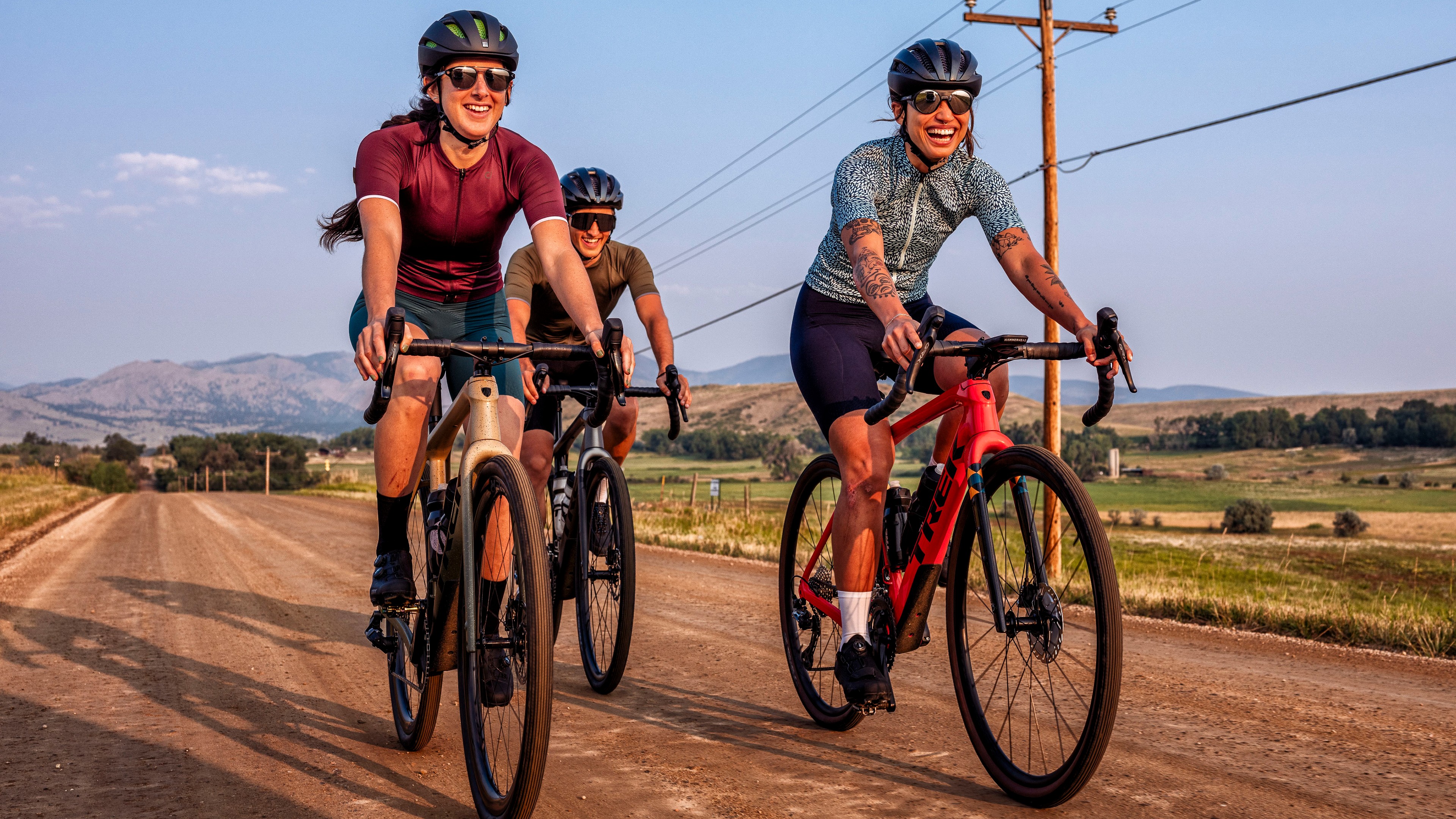

After a year of extremely low availability from the Wisconsin based brand, Trek Bicycles has finally unveiled a relaunched family - with the Trek Checkpoint gravel bike gaining an extra performance-oriented model.
The Trek Checkpoint range, which is considered one of the best gravel bike options, already included SL (carbon, from $3,199.99/€ 3,499.00/£3,200.00 at 9.65kg) and ALR (aluminium, $2,399.99/€ 2,399.00/£2,250, weight unlisted) models, but with this launch the brand adds the race-focused SLR (from $7,599.99/€ 6,999.00 /£6,450.00 at 8.65kg).
Trek has made updates across the range, including a move to what the mountain bike industry calls “progressive geometry” - something we’re seeing on more and more gravel bikes.
Other updates include removal of the adjustable dropouts, wider tyre clearance, and a top tube IsoSpeed on the SLR model. There's no suspension forks included, something we found surprising considering the new SRAM XPLR range and an expected move towards this tech from competitors in the industry.
The SLR features OCLV 700 carbon, which is lighter than the OCLV 500 used on the SL model, whilst the ALR bike has a greater focus on utility. Whilst the SLR is designed, according to Trek, for gravel racers and the SL with bikepacking in mind, all three bikes share the same geometry.
Top tube IsoSpeed on the Trek Checkpoint SLR
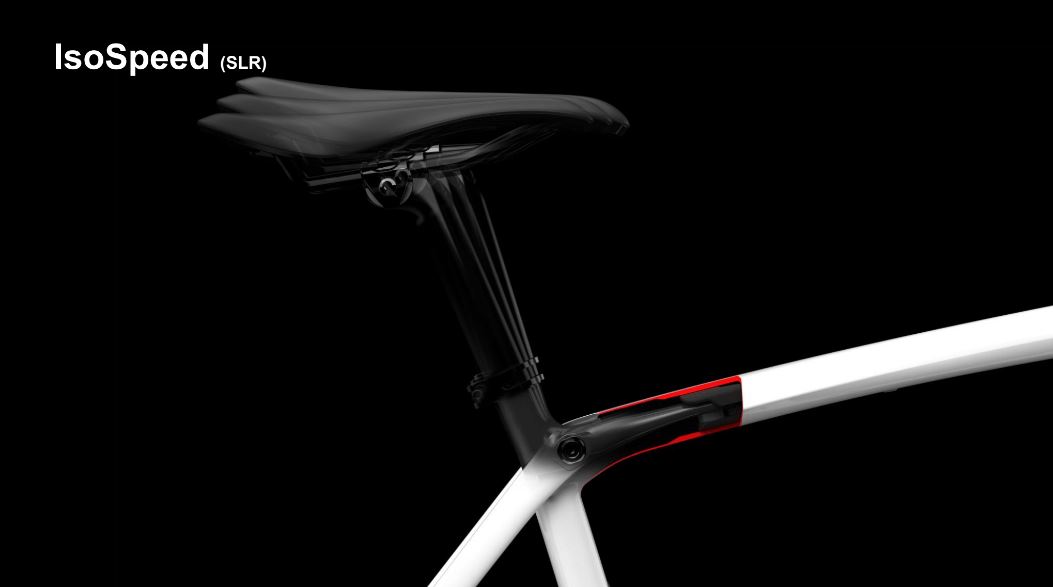
The new top tube IsoSpeed is less tied to frame size
Trek’s IsoSpeed decoupler, which first featured on the Domane endurance bike back in 2012, has been a mainstay of the brand’s compliance boosting tech for coming up to a decade.
At the rear of the bike, this is usually positioned at the junction between the seat stays and the seat tube, it ‘decouples’ the seat tube from the top tube, allowing the seat tube to flex. The SL model will still use IsoSpeed in this way. Comparatively, the SLR model sees the IsoSpeed move into the top tube, where Trek says it offers more compliance, which is also more consistent through the sizes.
Lead product engineer, Travis Brown, told us that positioning the IsoSpeed in the top tube on the SLR meant it was “less tied to the overall structure of the frame than seat tube IsoSpeed.”
"It also stays cleaner, and outs the package into a smaller area," Brown added - contributing to the SLR being Trek's lightest ever gravel bike at 8.1kg in the SLR 9 eTap model (albeit costing $11,999.99/€ 11,999/£11,000).
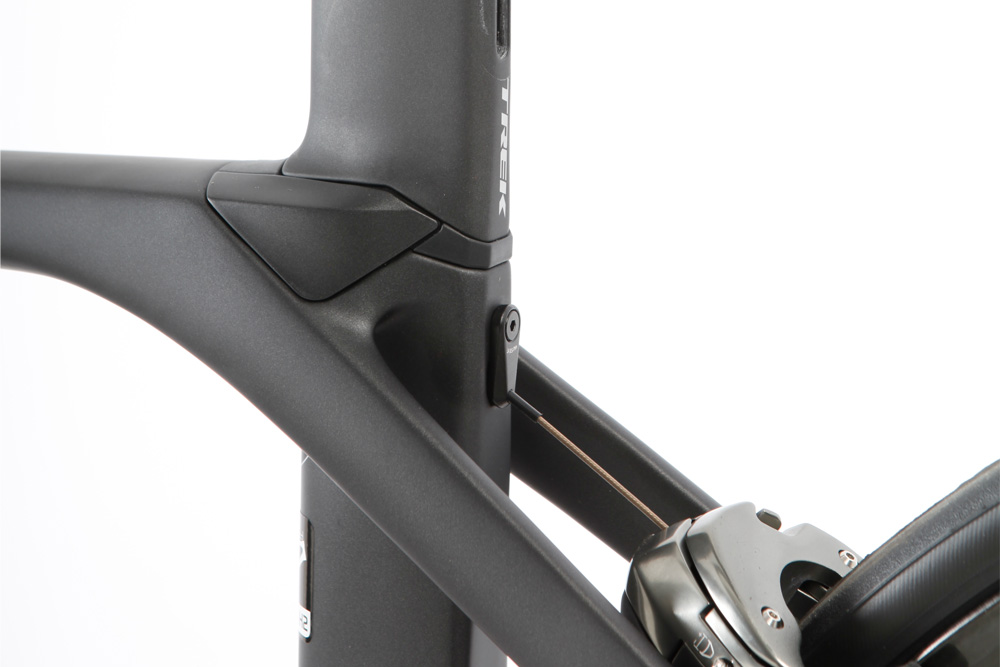
IsoSpeed on the Trek Madone, where it decouples the seat tube and top tube
Adding to this, director of road bikes Jordan Roessingh explained: “Seat tube IsoSpeed does add compliance for all riders, but it actually is a stiffer system on smaller frame sizes, which is the opposite of that we’d prefer to provide to our riders.” Smaller riders need less stiff frames due to generally lower power outputs associated with lower body mass.
Roessingh went on to add: “Top tube IsoSpeed allows us to disassociate that bending member in the frame from the structural side of the frame and the frame size, so all riders get a more consistent experience. We did battle with that internally, and decided we want dropper post compatibility on the SL and this awesome ride and consistency on the SLR so we split it up that way.”
There is no front IsoSpeed on the Checkpoint: Trek explained that whilst the technology at the rear adds around 10mm of travel, at the front, it’s much more “subtle”, and therefore negated by a wider tyre. “At some point, the volume of the tyre becomes the dominant part of the compliance experience for the bike, especially for front IsoSpeed,” Roessingh explained. “That additional compliance is very subtle, it’s not a lot of travel, so as we experimented with using front IsoSpeed and taking it out, we found that the rider couldn't really perceive much of a difference when using such a big volume tyre.”
Across the board, there is now space for a 45mm tyre, or a 2.1in tyre on a 650b wheel - the standard spec will be 40mm.
Geometry adjustments across the Checkpoint SLR range
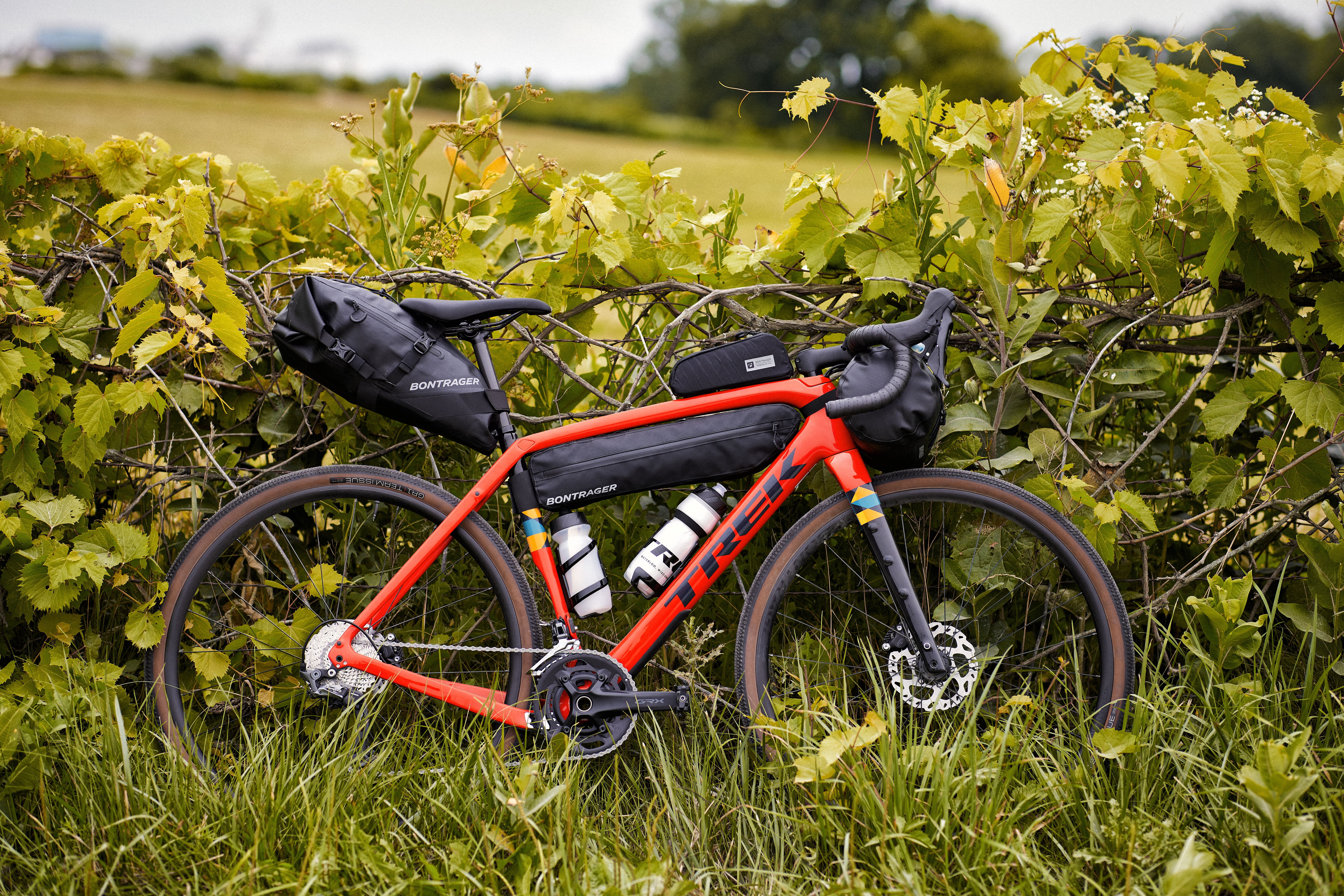
The effective stack and reach - that is - the rider's eventual contact measurements, remain the same across the new Checkpoint. However, the reach measurement (the horizontal distance from the centre of the bottom bracket to the middle of the head tube) has been increased, resulting in a front centre which is 2cm longer. The rider’s effective reach remains the same, facilitated by shorter stems and bar reach.
This is a trend that the mountain bike industry calls “progressive geometry” and it creates a more responsive handling characteristic, which is suited to off-road riding.
The chainstays, however, have been increased by 10mm - to 435mm. Again this is a common move in the gravel category: it creates a more stable ride, though can have the effect of toning down that fun nimble quality we all enjoy on cyclo-cross bikes.
Trek has chosen to remove the ‘Stranglehold dropouts’ which previously existed on the Checkpoint. These allowed riders to adjust chainstay length to tune handling characteristics, or make space for a larger volume tyre. It also had the unintended benefit of aiding singlespeed set up for those who want to do away with gears altogether.
Discussing the reasoning, Roessingh told us: “We discovered along the way that most riders never touched [the feature], but it added weight and cost, and complexity, so as we evaluated whether we wanted to keep that feature or not, we saw it as something that riders did not necessarily benefit from or leverage and it added complexity and cost to the bike so we decided to strip it out.”
Roessingh attributed the same reasoning to avoiding adjustable IsoSpeed settings, stating: “We haven't seen a lot of riders using the adjustable nature of that feature,” so it’ll be interesting to see where that leaves the future development of bikes like the Domane.
Trek Checkpoint cable integration

The cable integration still allows for the use of a standard bar and stem
It seems that no 2022 launch is complete without hidden cables, and Trek’s wheelhouse is no exception. In this case, the neatening up of the front end is about aiding bikepacking setups, as opposed to aerodynamics.
The system used is similar to that on the Emonda and the Madone, and whilst it will make home tinkering tougher, it is a neat system that still allows for the use of a standard two-piece bar and stem with a 31.8mm clamp.
On the topic of home fettling, the bike uses a T47 bottom bracket with a threaded interface. Roessingh said: “So far feedback from the field has been that these have been super durable,” adding that the T47 bottom bracket standard will feature on all 2022 Trek road bike launches.
Did Trek miss the memo on gravel bike suspension?
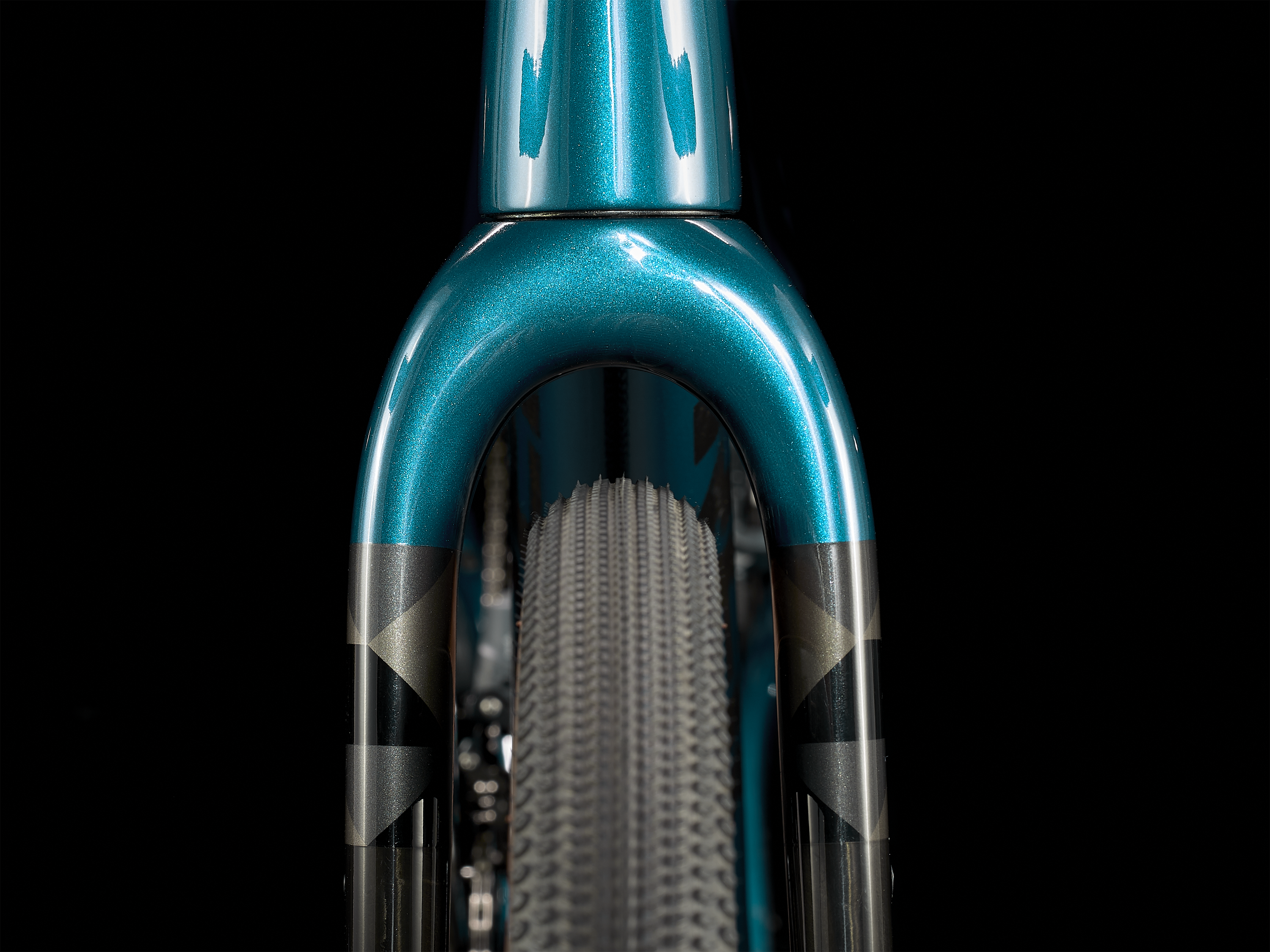
Trek says wide tyres are enough, alongside a rigid fork
Gravel bike suspension is very much anticipated to become the norm in the coming years. SRAM’s new XPLR fork is a prominent example featuring on the Canyon Grizl bikes, but the Fox AX is another example.
None of Trek’s bike’s feature a suspension fork, and discussing compatibility, Roessingh told us: “There are some forks that are acceptable within the SL platform, our SLR platform is not fork compliant, for structural reasons,” adding that gravel suspension is “a new frontier” that Trek is “trying to navigate”.
“Whilst we do see the benefit of suspension we still see the vast majority of riders preferring the simplicity of a rigid fork on a gravel bike,” Roessingh said.
Call us cynics, but we’d wager that the Checkpoint was already too far into its development process to house a suspension fork when the trend began to look ready to go mainstream.
Carriying capacity of the new Trek Checkpoint
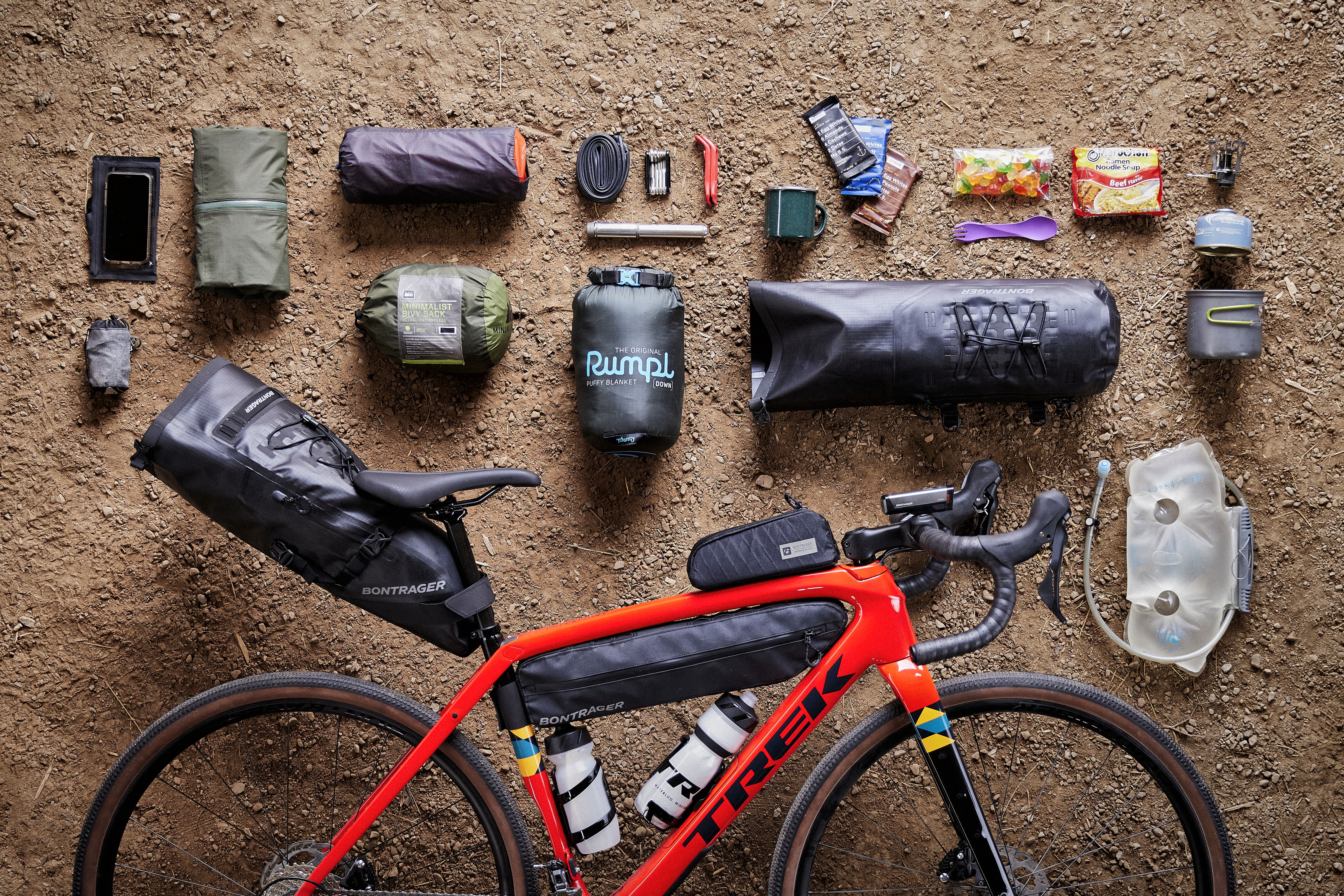
A range of frame size specific bags accompanies the launch
With its bikepacking focus, the SL has the greatest carrying capacity, with a hidden down-tube storage compartment as well as a frame bag, mudguard and rack mounts. The ALR has the frame bag, mudguard and rack mounts, whilst the SLR enjoys frame storage as well as mudguard and frame bag mounts.
Alongside the launch of the Trekpoint, Trek’s company Bontrager has also produced a range of bikepacking bags, with six different sizes, perfectly tailored to pair with the frames.
Trek Checkpoint ALR, SL and SLR models
- Checkpoint ALR 5, $2,399.99/€ 2,399.00/£2,250.00
- Checkpoint SL 5, $3,199.99/€ 3,499.00/£3,200.00, 9.65kg
- Checkpoint SL 6 eTap $4,099.99/€ 3,999.00/£3,750.00 , 9.05kg
- Checkpoint SL 7 eTap $6,299.99/€ 5,999.00/£5,750.00, 8.9kg
- Checkpoint SLR 6 eTap $7,599.99/€ 6,999.00 /£6,450.00, 8.65kg
- Checkpoint SLR 7 $8,299.99/€ 8,299.00/£7,650.00, 8.81kg
- Checkpoint SLR 7 eTap $8,299.99/€ 8,499.00 /£7,800.00, 8.45kg
- Checkpoint SLR 9 eTap $11,999.99/€ 11,999.00/£11,000.00, 8.1kg

Thank you for reading 20 articles this month* Join now for unlimited access
Enjoy your first month for just £1 / $1 / €1
*Read 5 free articles per month without a subscription

Join now for unlimited access
Try first month for just £1 / $1 / €1
Get The Leadout Newsletter
The latest race content, interviews, features, reviews and expert buying guides, direct to your inbox!
Michelle Arthurs-Brennan the Editor of Cycling Weekly website. An NCTJ qualified traditional journalist by trade, Michelle began her career working for local newspapers. She's worked within the cycling industry since 2012, and joined the Cycling Weekly team in 2017, having previously been Editor at Total Women's Cycling. Prior to welcoming her first daughter in 2022, Michelle raced on the road, track, and in time trials, and still rides as much as she can - albeit a fair proportion indoors, for now.
Michelle is on maternity leave from April 2025 until spring 2026.
-
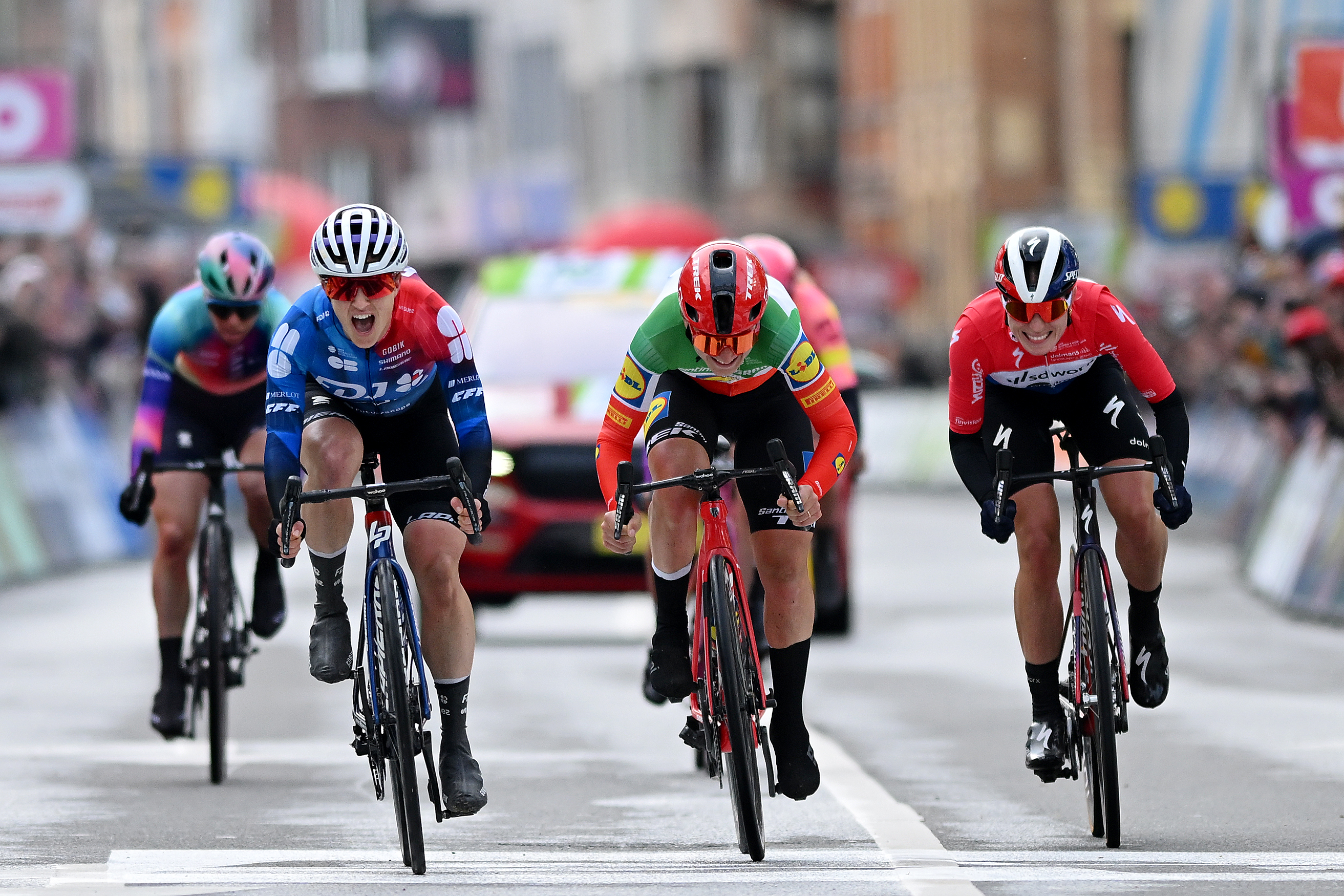 Tadej Pogačar's hat-trick, La Redoute, and Dutch delight: Five things to look out for at Liège-Bastogne-Liège 2025
Tadej Pogačar's hat-trick, La Redoute, and Dutch delight: Five things to look out for at Liège-Bastogne-Liège 2025The oldest professional bike race in the world takes place this Sunday – here's how to watch, who to watch, and what to watch out for
By Adam Becket
-
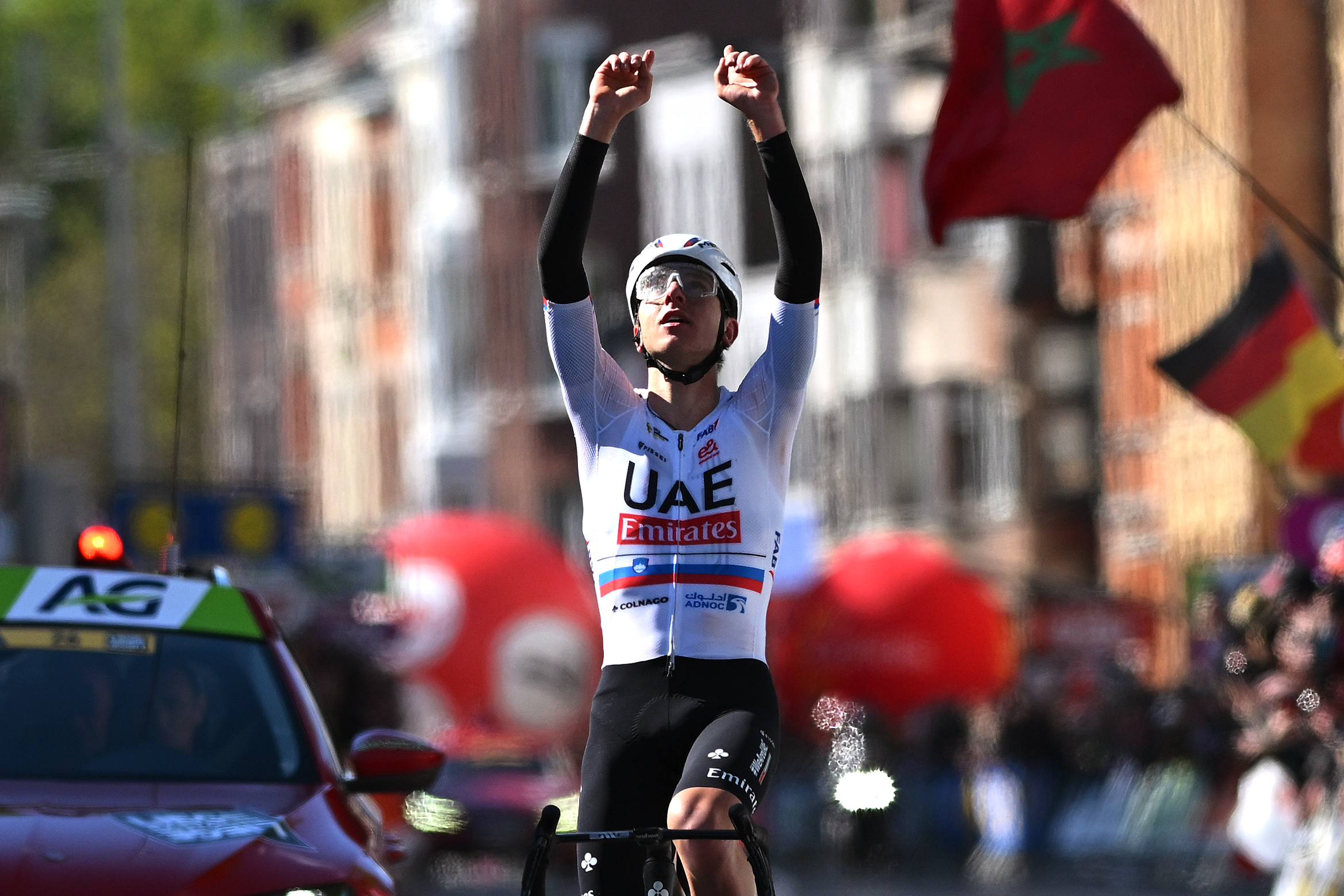 How to watch Liège-Bastogne-Liège 2025: Everything you need to live stream the Belgian Monument
How to watch Liège-Bastogne-Liège 2025: Everything you need to live stream the Belgian MonumentAll the broadcast information for the last of the Ardennes Classics on April 27 with Tom Pidcock – here's how to watch Liège-Bastogne-Liège online and on TV
By James Shrubsall